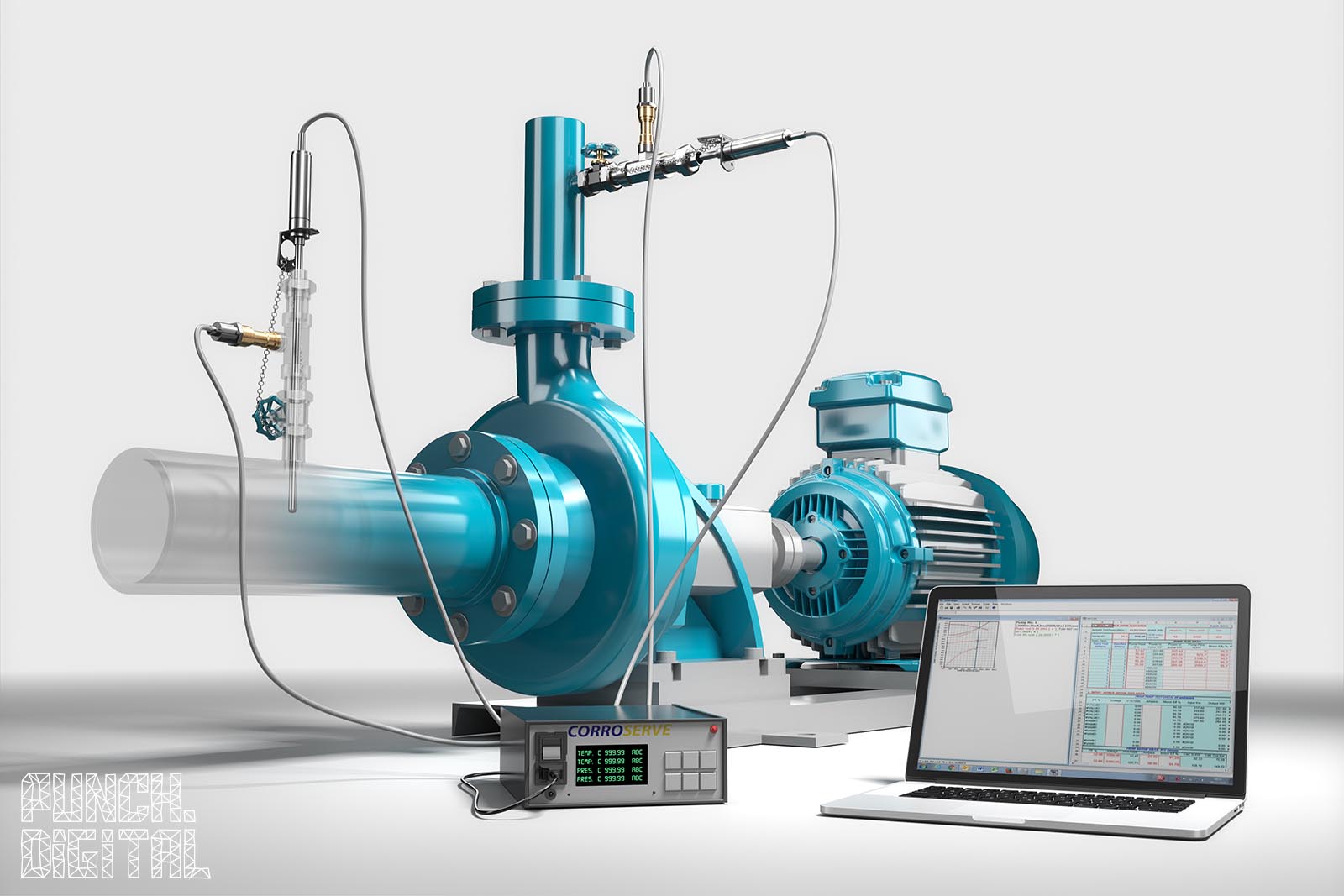Fire pumps are a critical component of water-based fire suppression systems. They are used to increase the pressure of the water supply to overcome hydraulic head losses in high-rise buildings and expansive spaces like warehouses. These pumps are also integrated into fire trucks and boats. To ensure they work when needed, they must undergo regular inspections and maintenance. What is a Fire Pump? A fire pump takes water provided to it from a source and increases the water’s pressure, and it does so for the purpose of supplying a building’s sprinklers, standpipes, or foam systems during a fire. These fire safety systems are typically very demanding when it comes to rate-of-flow and water pressure, so fire pumps are designed with these requirements in mind. There are many different types of fire pumps, and choosing the right one for a particular facility should only be done by a certified fire safety professional who is knowledgeable about NFPA 20 and local code regulations. Additionally, fire pumps must undergo full annual testing that puts the entire system through its paces. There are two main types of fire pumps: vertical split case and horizontal split case. Horizontal split case fire pumps are most common and have very wide ranges of rated flow and pressure capacities, plus they’re easy to maintain due to their split casing that opens up for pump maintenance access. How Fire Pumps Work Fire pumps use centrifugal force to create a kinetic energy in the suction and discharge line. The impellers rotate at high speeds, causing liquid to be thrown off the sides of the impeller and increased in velocity. This increases the water pressure within the fire protection system and helps the fire suppression agent flow more easily. The fire pump driver, which is a motor, diesel engine or steam turbine system, is sized for the head and flow demands of the system. The power sizing is typically based on the peak demand of the system as determined through the hydraulic calculations and reference standards like NFPA 14. In addition to the fire pump, there are other components that make up the portable fire pump systems. These include a fuel tank and the ability to connect to the fire department connection (FDC) or the water main through a hose header. A changeover to a secondary power source is also required in the case of an electricity failure. Choosing a Fire Pump Choosing the right fire pump for your system is an important process. Fire pumps are rated in gallons per minute (gpm) and pressure boost (psi or bar). Often, fire sprinkler designers are interested only in the gpm and pressure booster capacity of the fire pump they select, and they often look for fire pumps that are listed by a reputable third party agency. The first step in selecting the appropriate fire pump is to determine your system’s demand point. This is a complex calculation, but in general, it is determined by plotting the water supply curve and each fire pump performance curve on the same graph. You must then find the pump that is able to meet or exceed your system’s demand point while operating at 150% of its rated curve. This is often done using a computer program designed specifically for water-based fire protection system hydraulic calculations. Once the rated pump is selected, you must choose an appropriate drive. Maintenance Fire pumps must be maintained in order to comply with building codes and insurance requirements, satisfy fire protection industry standards, and ensure that the system can operate properly during a fire. Pump professionals see a wide range of levels of maintenance across the industry: from pristine fire pump rooms with detailed maintenance plans to facilities where the run hours on the fire pumps reflect only the initial startup. Conducting regular testing of fire pumps is critical to ensure that the systems are ready for an emergency. This includes weekly no-flow tests and monthly flow tests. It’s also important to adjust the packing as it swells over time in order to find the proper balance between leakage and temperature. This is best accomplished during routine maintenance runs. A detailed service log should be kept to record all inspections, maintenance and repairs. This will help the facility keep track of what work has been done to the fire pump and identify any recurring issues that need to be addressed.
Posted inBusiness
The Importance of a Portable Fire Pump




